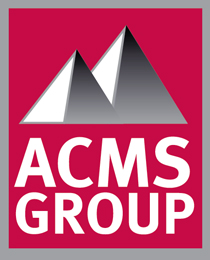Winter is tough on concrete, which makes fall a good time to repair concrete cracks. If you wait until spring to start segregated concrete repair, you may face additional damage that will go beyond your budget. Segregation of concrete occurs when cement paste and aggregates separate either during installation or when vibration and other causes push paste to the top and aggregates to the bottom. This weakens concrete, and it will only get worse with winter temperatures. Here are five types of work and repairs you should accomplish before the end of fall:
- Winterizing concrete: Even if your concrete has not segregated and is in good shape, you are not in the clear yet. Winterizing concrete, whether it’s structural or merely aesthetic, is a good step in helping it get through colder temperatures and precipitation. Applying sealants helps concrete that remains exposed to the elements. However, it must be applied before winter elements hit, or moisture may penetrate it and you’ll likely find more cracks when spring arrives. If there is damage or excess dirt, other steps must occur first.
- Patch and repair: Segregated or damaged concrete is vulnerable to the elements. Cracks let in moisture, and broken spots threaten structural integrity. This damage is repaired with sealant or epoxy, and it is best done by a professional. If the concrete involves a walkway, you definitely want to invest in repairs before that danger adds to the snow and ice that are soon to arrive.
- Cleaning: Built-up grease, dirt and grime will cause problems and even wear on concrete. Even if your surfaces are in good shape, this is still a good precaution. Power washing works well, and once you are finished, apply a resurfacing mixture before applying the sealant. This will help concrete remain strong so you avoid finding cracks and other eyesores next spring.
- Control water accumulation: You may find the most damage under a downspout or other places where water accumulates. Just as adding too much water to concrete can eventually lead to segregation, water that builds up on unsealed concrete can also compromise its surface and integrity. If you find these spots, install chutes or redo the surface so it’s even and does not accumulate water. Incline angles should be kept between 1:3 and 1:2 to keep water from forming puddles.
- Inspections: If you recently had a scare or suspect your concrete is more damaged and segregated than it appears from the surface, ordering an inspection may help to pinpoint damage and offer peace of mind. Ultrasonic testing reveals unseen damage and can help guide repairs. From there, epoxy injection, joint repairs, structural reinforcement and other type of specialized work can be performed.
If you need to repair concrete cracks or address segregated concrete repair, ACMS Group is your trusted concrete specialist. We offer 24-hour emergency repair services and offer experience with both structural and cosmetic repairs. Call us today to set up a consultation and help you prevent segregated concrete and other issues this winter.
